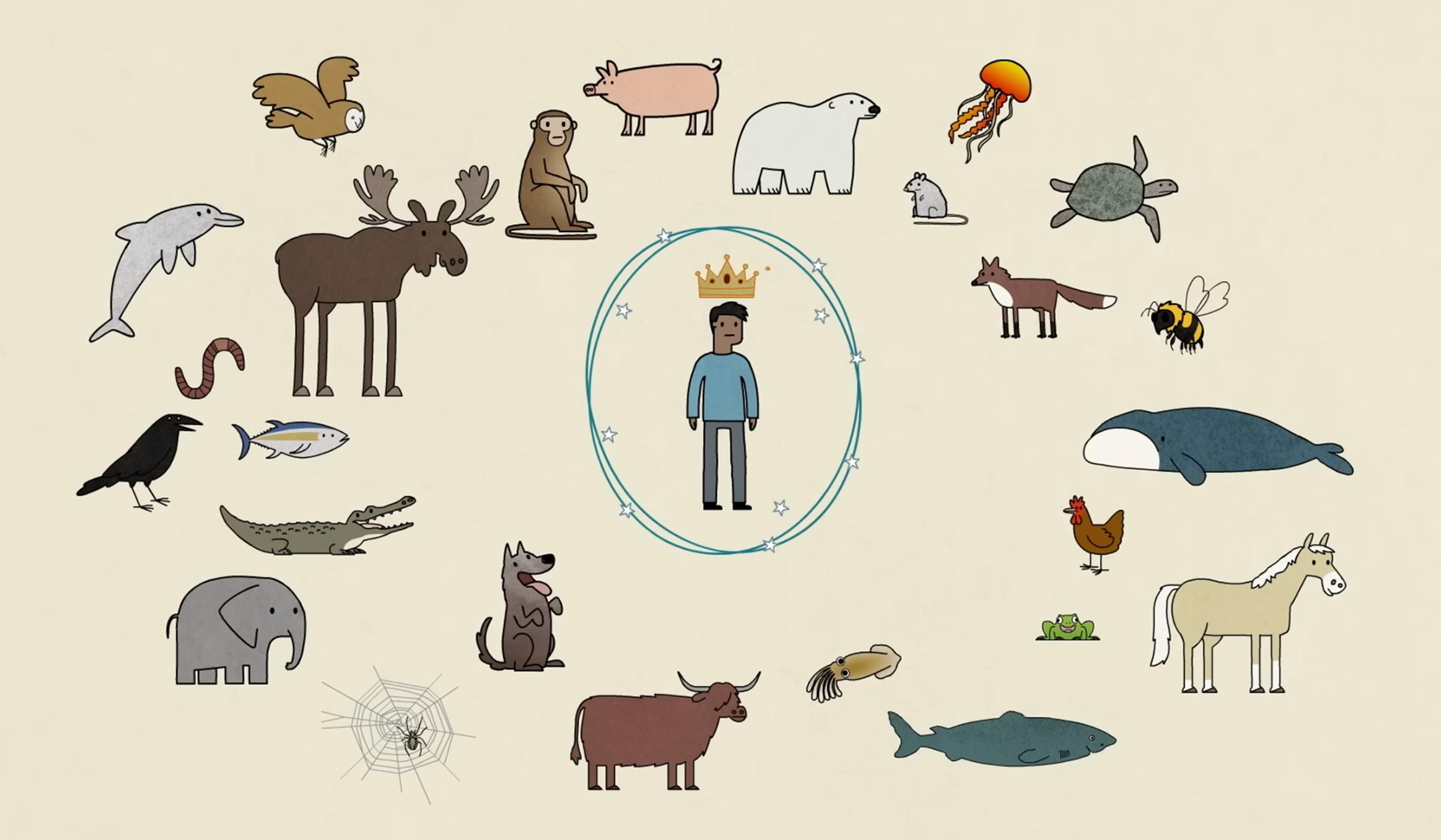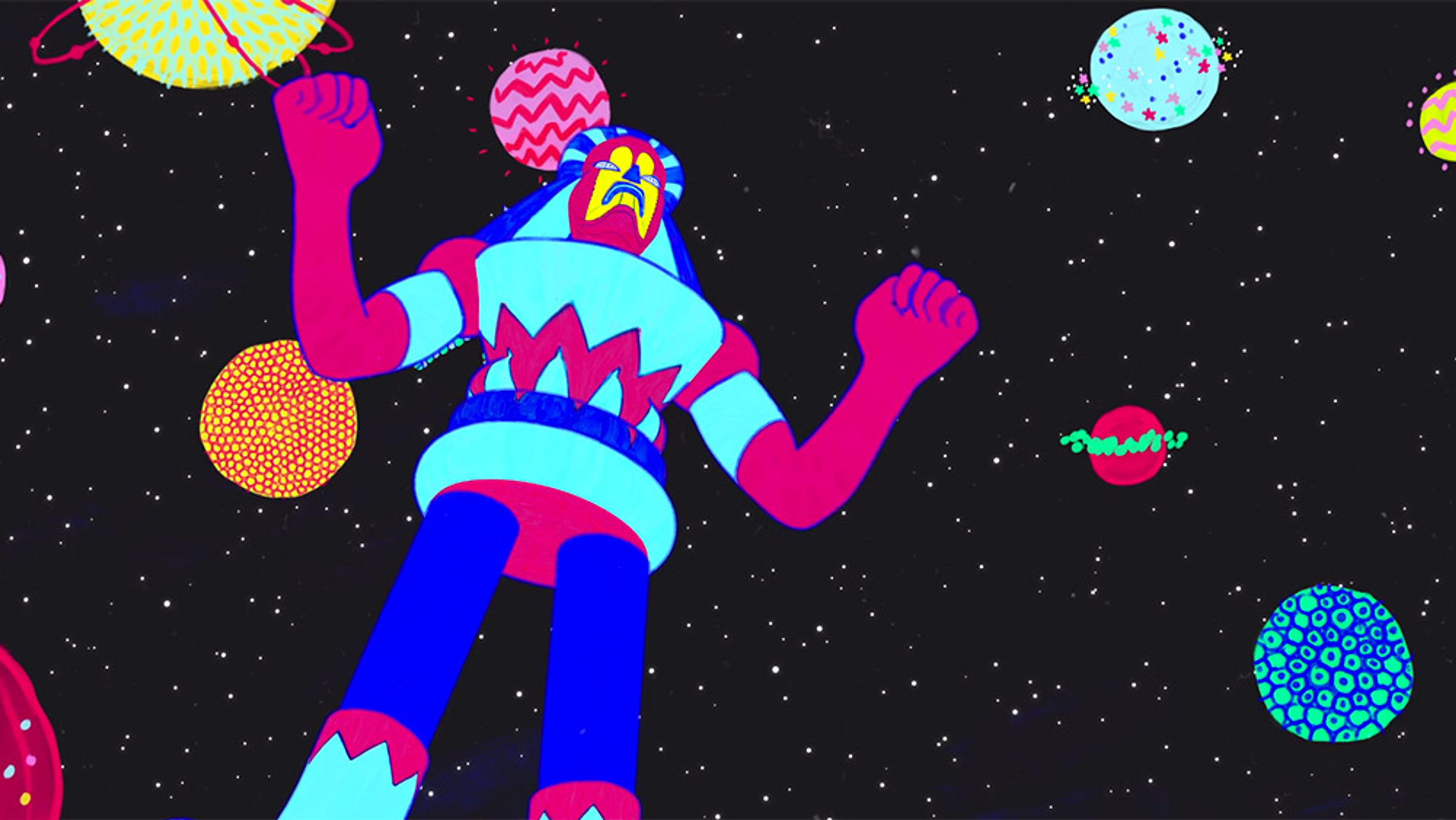How is the human body able to produce antibodies to mount a defence against any attacking microorganism – even those it’s never encountered before? After all, our mere 20,000 genes seem woefully inadequate to produce the billions of different antibodies necessary to fight every possible disease. The problem stumped researchers for decades until the Japanese scientist Susumu Tonegawa discovered the key to our incredible adaptive capacity for fighting contagions – an accomplishment that earned him the Nobel Prize in Physiology or Medicine in 1987. The answer, explored in this brief animation from Nature, lies in recombination-activating genes (RAGs) – DNA-‘shuffling’ enzymes that can create proteins capable of fighting any foreign invader.
How our bodies can create billions of defences against disease with just 20,000 genes
Video by Nature
Animator: Dog & Rabbit
17 April 2017

videoHistory of science
Forget space – the unknown worlds in pond scum are rich with life’s secrets
3 minutes
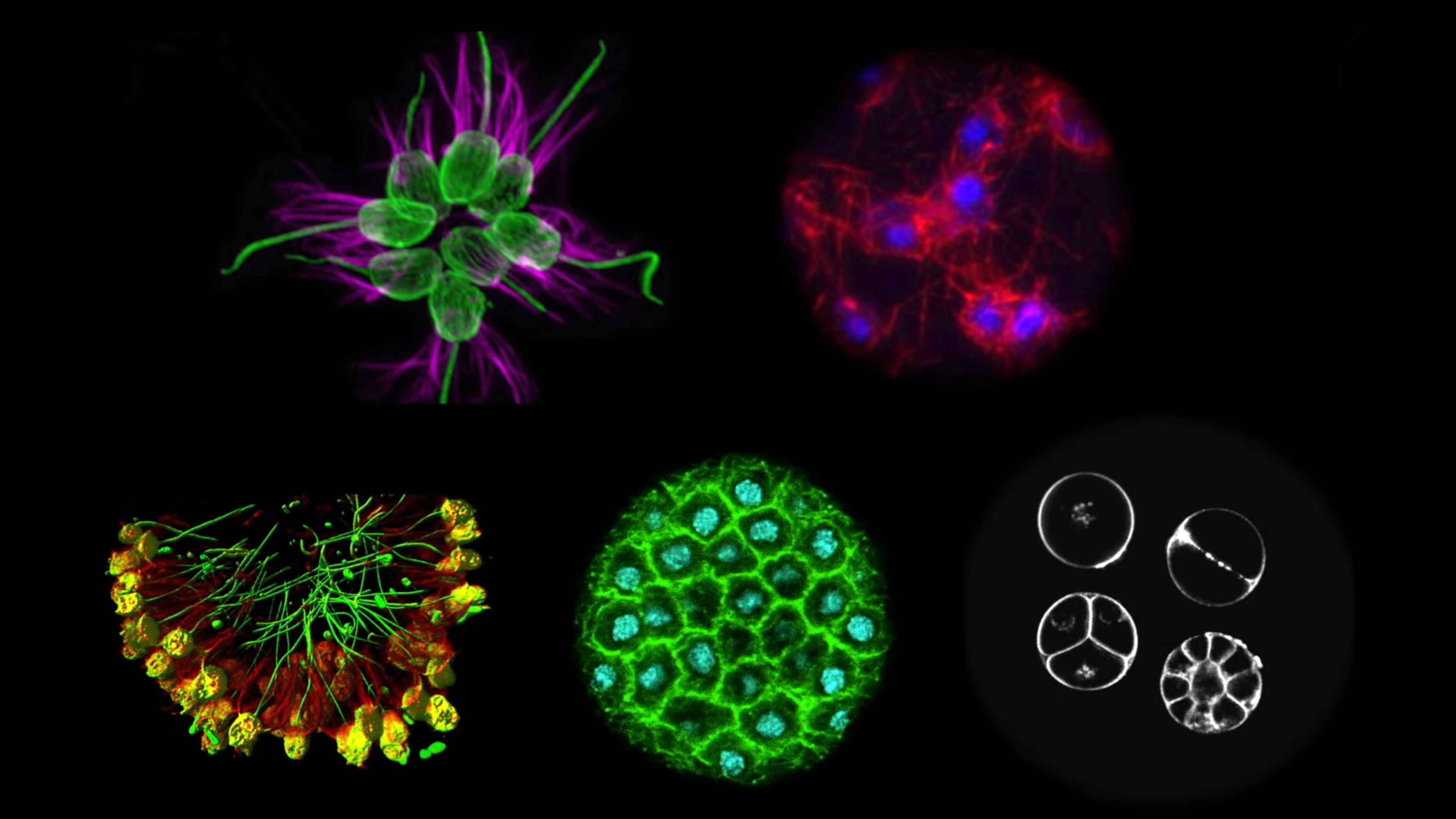
videoBiology
For 3 billion years, life was unicellular. Why did it start to collaborate?
4 minutes

videoGenetics
Could we harness epigenomics to become master DNA conductors?
5 minutes

videoBiology
Dive deep into an egg cell to see how ageing reboots when a new life begins
2 minutes
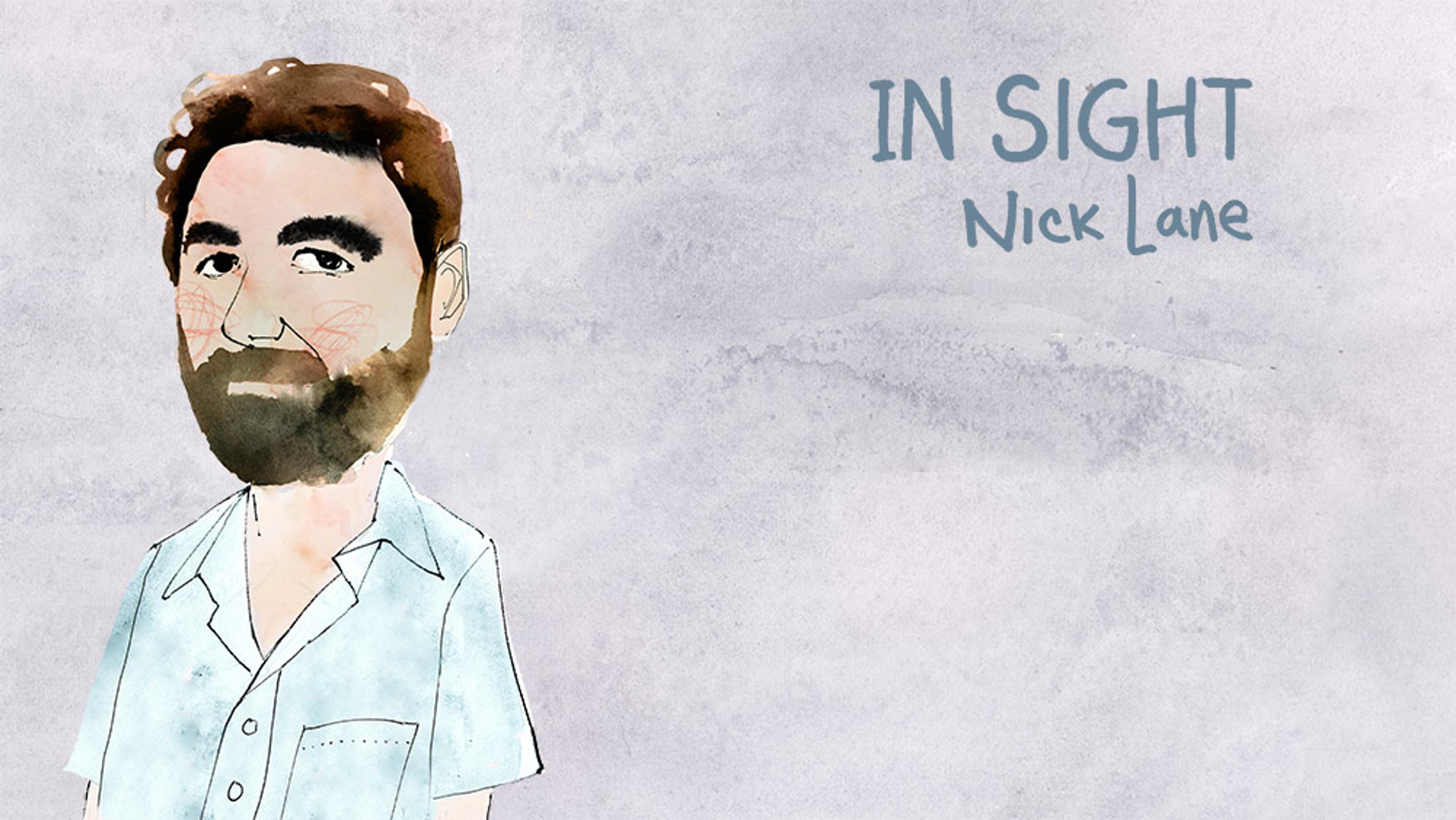
videoGenetics
Chimeras and lightning: a radical perspective on the evolution of complex life
6 minutes
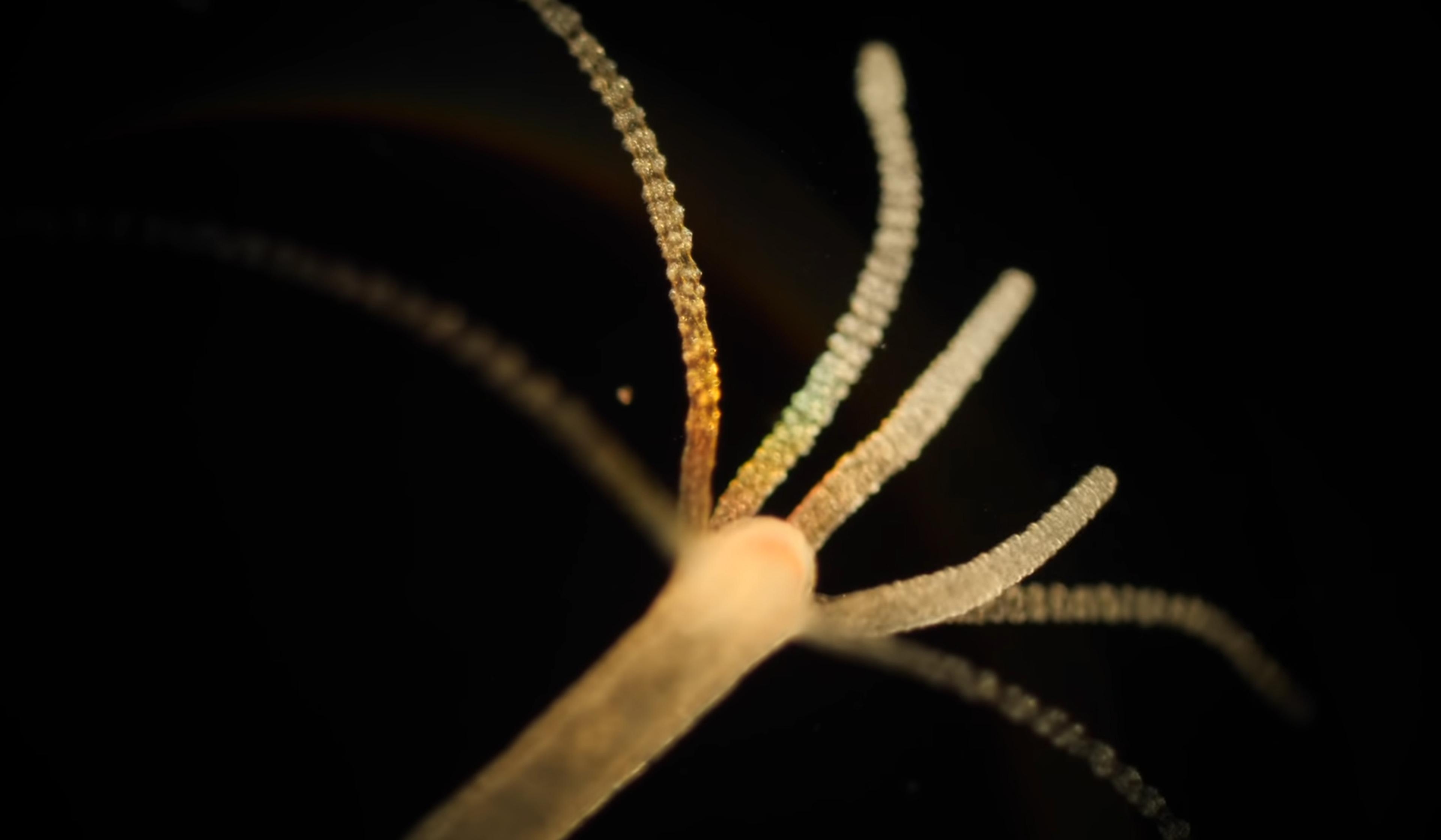
videoBiology
Blend up a hydra, and its cells will coalesce back into a full creature. How?
5 minutes
